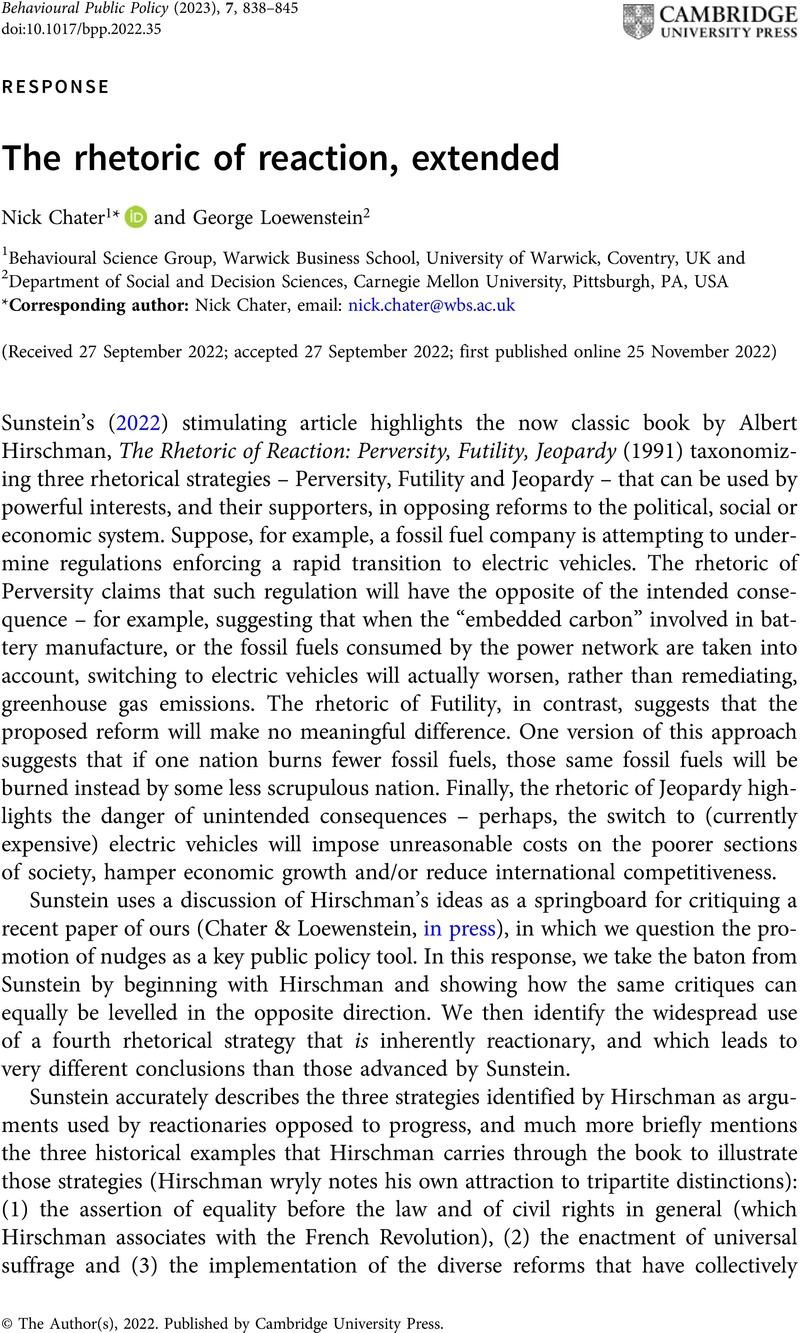Crossref Citations
This article has been cited by the following publications. This list is generated based on data provided by Crossref.
Grosch, Kerstin
Haeckl, Simone
Rau, Holger Andreas
and
Preuss, Paul
2023.
A Guide to Conducting School Experiments: Expert Insights and Best Practices for Effective Implementation.
SSRN Electronic Journal,
Heeb, Florian
Kölbel, Julian
Ramelli, Stefano
and
Vasileva, Anna
2023.
Sustainable Investing and Political Behavior.
SSRN Electronic Journal,



